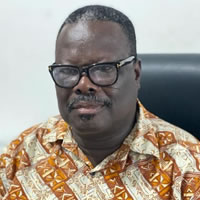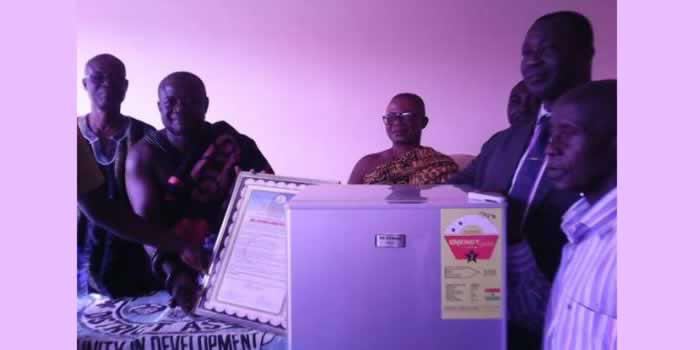

Social services include the basic infrastructure such as schools, health facilities, water, housing and good sanitation for human resource development. The availability of this infrastructure and their condition will help to identify some of the causes of poor human resource development and low standards of living in the district and the appropriate programmes and projects that need to be designed to improve
A good human resource base of the people depends greatly on their level of education. The significance of education in development planning can therefore not be over emphasized. The current status of education in th Total enrolment of pupils is 4,014. This is made up of 2,003 males and 2,011 females, providing a fairly even split between males and females. There are only 211 teachers, giving a pupil/trained teacher ratio of 1:38.
The pupil enrolment of 4,014 represents 15.2 per cent of children of pre-school going age. At the JSS level, there are currently 64 junior secondary schools with a pupil population of 8,612. Of this total, 43.56 percent are female. This figure is lower when compared to 46.8 percent females at the primary level. This shows that more females drop out in the transition from primary to junior secondary schools. In addition, there are 18 private schools, (popular referred to as International Schools) with total enrolment of 3,473, made up of 1,768 and 1,705 females. There are also two (2) vocational institutes with total student population of 138 representing 120 males and 18 males.
Presently there are 4 senior secondary schools at New Abirem, Ayirebi, Akoase and Akokoaso. There is currently no teacher training college
Profile Of Kindergarten
No. of Schools - 50
Enrolment (Boys) - 2003
Enrolment (Girls) - 2011
No. of Teachers - 211
Pupil/Teacher Ratio - 1:38
Teacher Population
According to statistics available at the Birim North offices of the Ghana Education Service, there are a total number of nine hundred and eighty-six teachers teaching in the Pre-school and Primary schools in the district. Out of this number seven hundred and thirty-five are trained representing 74.5 percent of teacher population in the district.
The low figures at the primary and JSS levels show a positive sign for the development of education in the district. With the lower ratio, teachers would be more likely to give better attention to pupils/students, which positively impacts on the human resource development in the District.
The Adult Functional Literacy Programme is being pursued vigorously in the district. For effective teaching, the district has been divided into 10 zones. Altogether, the programme has been organized for 50 continuing classes and 5 first-year classes for a total of 1,433 learners made up of 440 males and 993 females. It is hoped that with dedication from the organizers of the programme, (a District Organizer and 55 facilitators) together with adequate logistics, the literacy rate would be improved.
Apart from learning, income-generating activities are attached to the Functional Literacy Programme. Identified areas are snail farming, palm/kernel oil extraction, food crop farming, citrus and cashew farming, mini-set yam production, mushroom cultivation and animal husbandry.
Problems of the Educational Secto
The main problems of the educational sector in the district include the following:
1. Poor state of educational infrastructure.
2. Low literacy levels.
3. Inadequate classrooms and logistics.
4. Inadequate qualified personnel.
5. Lack of libraries.
Development Implications
Enrolment in schools appeared to be increasing. This could be an indication of improving human resource development for the district. However, the numerous problems facing the education sector could worsen the development of education in the district. It would therefore be prudent to adequately address the problems of education for the development of a good human resource base for the district.
Date Created : 11/23/2017 10:20:28 AM










 facebook
facebook
 twitter
twitter
 Youtube
Youtube
 +233 593 831 280
+233 593 831 280 0800 430 430
0800 430 430 GPS: GE-231-4383
GPS: GE-231-4383 info@ghanadistricts.com
info@ghanadistricts.com Box GP1044, Accra, Ghana
Box GP1044, Accra, Ghana